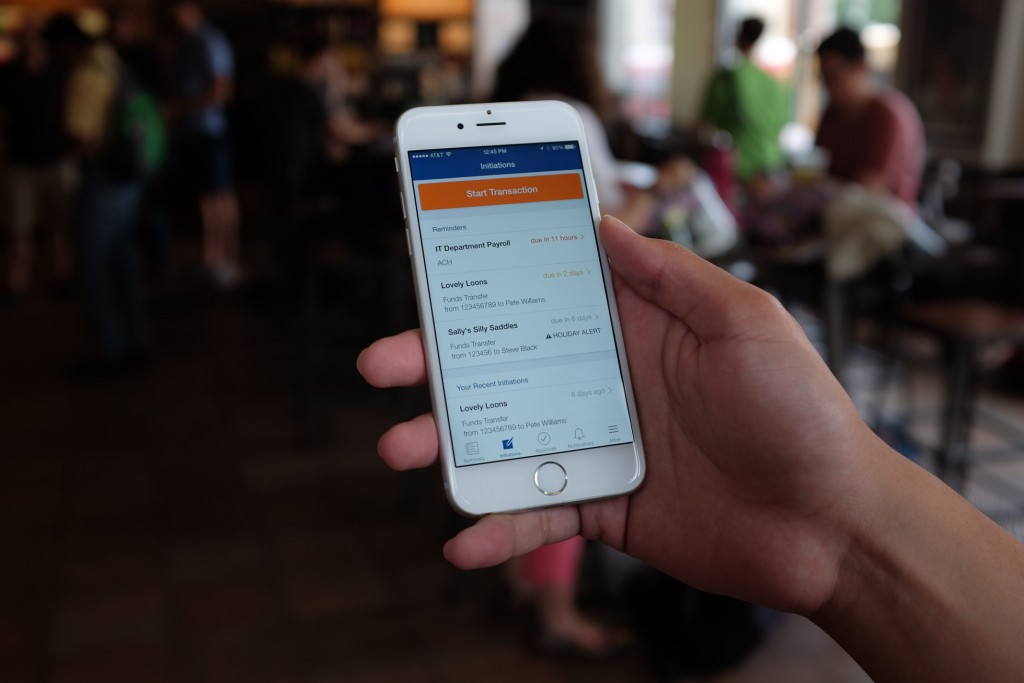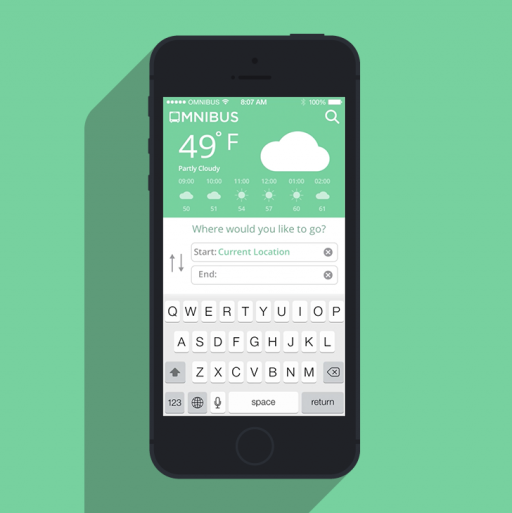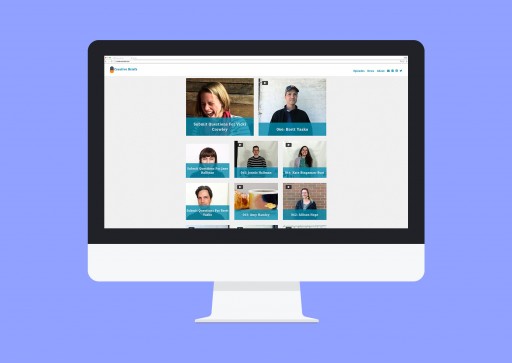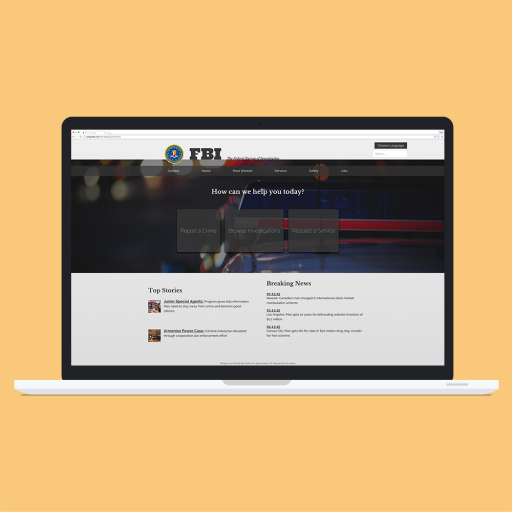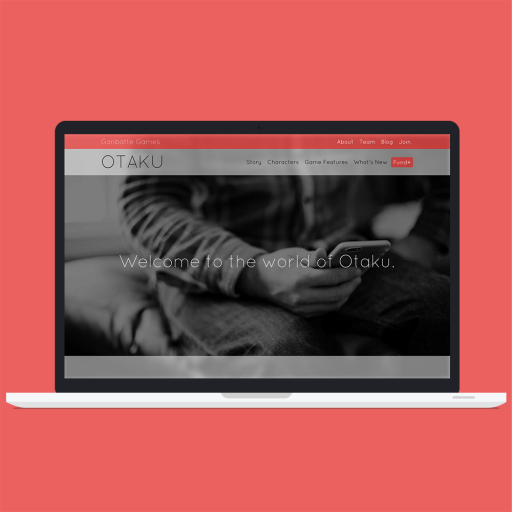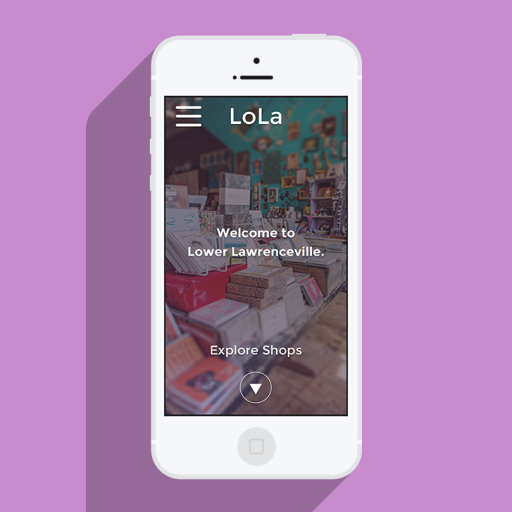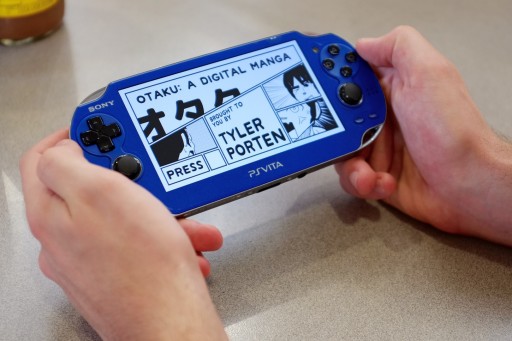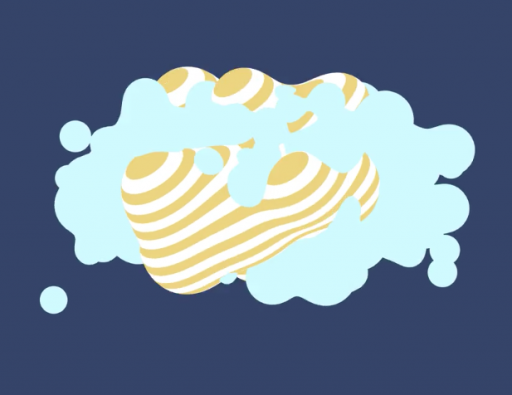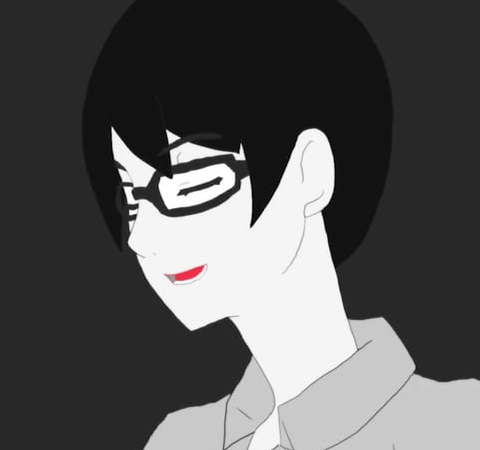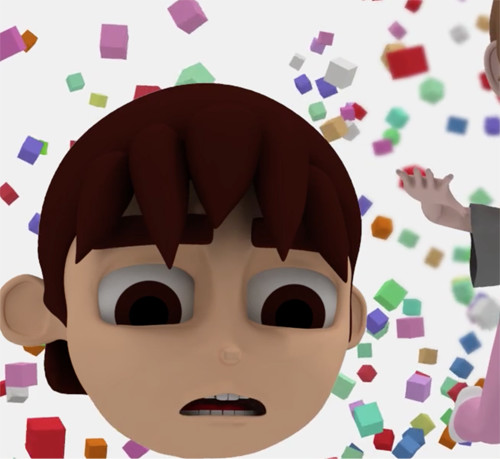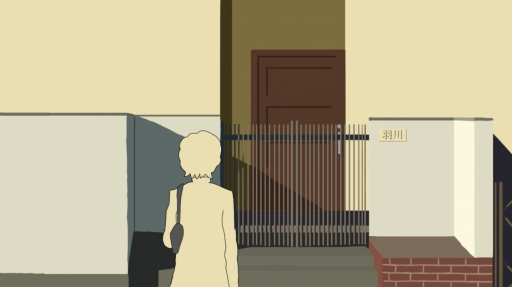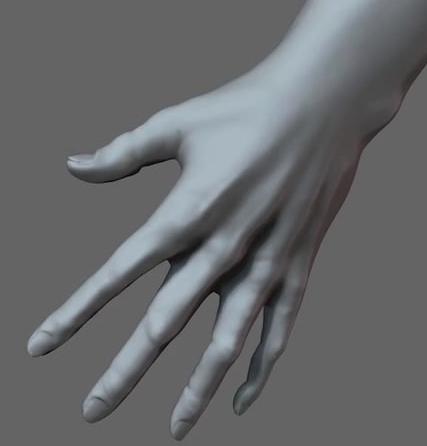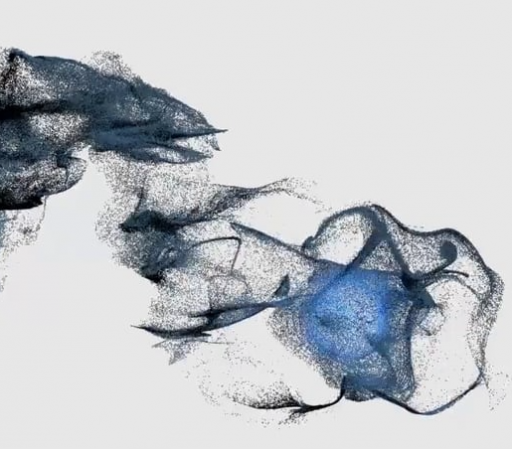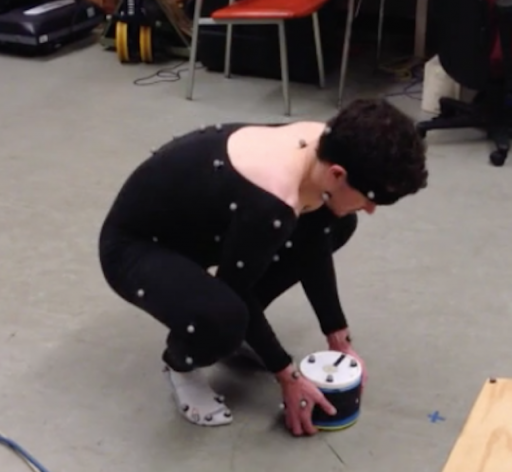Video: Gameplay Footage
About the project
Otaku: A Digital Manga, is an original Japanese short story, which incorporates elements of graphic novels, manga, and Japanese and western-style animation and video games.
Client
- Sponsored by a grant from Carnegie Mellon University’s Frank-Ratchye Studio for Creative Inquiry
- Project for Undergraduate Capstone at Carnegie Mellon University
-
FALL 2014 – SPRING 2015
-
Collaborators
- Mark Strelow, Kyna McIntosh, Ben Porten
- Advisors: Jim Duesing, Yasufumi Iwasaki
Tools
Unity3D, Photoshop, Clip Studio Paint, Audition
Developed for
Key Features
Manga-style Visuals
Every scene in the game is a unique hand-drawn manga panel, making the experience of playing the game analogous to reading a graphic novel.
Interactive Story
Every time the protagonist interacts with other characters, the player is given a number of different options of what to say or do. This back-and-forth interaction between the player and the story creates a distinct experience for every person who plays the game.
Multi-Language &
Multi-Cultural
Otaku explores the differences of Japanese and American culture, as well as being available in both the Japanese and English languages.
A New Take on a Popular Genre
The medium of the digital manga I pursued with this project is a bridge between traditional graphic novels and animation. It is a flexible method in which still characters can be animated to emphasize important scenes. As a digital manga, the project primarily uses computer tools and software, including Unity, Photoshop, and Clip Studio Paint. The project includes hand-drawn digital illustration, text, and audio in the form of voice acting, sound effects, and music, and uses elements of the traditional graphic novel to produce the feel of a manga. Hence the reader sees one panel of the comic at a time and will control when to proceed, like turning the pages of a book. The reader can also pan the screen of the digital manga, being able to interact with the three-dimensional space in which the work has been constructed. Some animation companies and web artists have explored this technique for a portion of an animation or static comic, but I expanded it into a stand-alone medium. The digital manga expands upon the “visual” novel found in some Japanese video games, but the latter lacks animation and does not read as a manga.
The completed project is a multi-media digital manga in Japanese with English subtitles. It has been build in Unity, and is available for Mac, Windows, and PlayStation®Vita. The work includes the first chapter of one of the characters in the game, consisting of 98 branching dialogue options, and a total of 387 interactive panels.
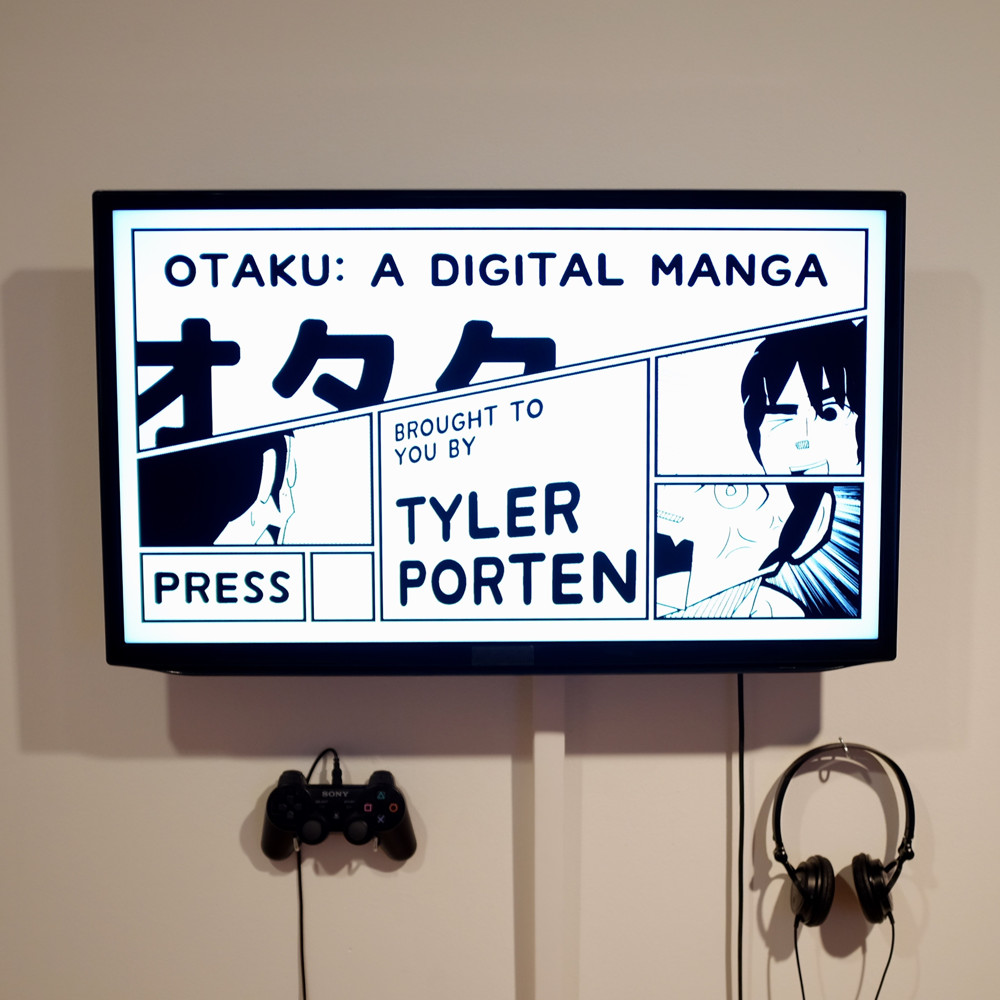
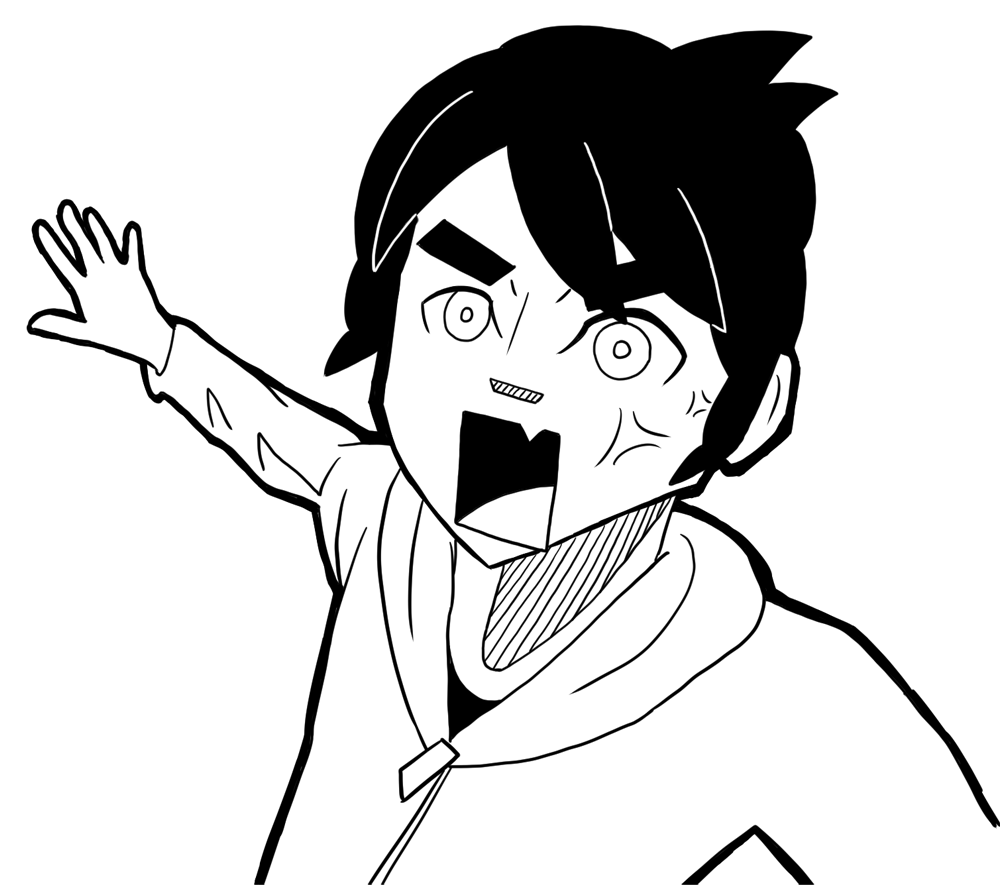
The Process
The idea for Otaku: A Digital Manga originated a year ago, in the spring of 2014. After studying abroad in Japan for a summer semester in 2013, I returned to CMU with a new perspective on my Japanese heritage, and began to incorporate it more and more into my work. After making short animations throughout the year, I realized that the medium of animation limited my storytelling to two to three minutes per project, due to the time-consuming production required to make an animated film. In the spring of my junior year, I decided that I wanted my senior project to be something “bigger” than any of my previous projects. This was my idea of a digital manga, a medium that seemed as though I could produce more content than I would for an animation. This way, I could integrate the deeper themes I wanted in my work that required a longer story.
Focusing on Story and Experience
I began this project by first writing a manuscript that would form the basis of Otaku. I envisioned the project to be a choose-your-own-adventure type of interactive story, in which you read a portion of the story until you were prompted to make a decision for what the protagonist, Kou Shujin, should do. Depending on the decision you make, the story changes, resulting in a different path and different content. I prototyped the script using a tool called Twine in which you can interact with the story in a web browser. However, the experience did not achieve the desired level of interaction. I then turned to Unity, a flexible game engine that seemed better suited for what I hoped to accomplish.
Gathering a Team to Make it Happen
I wanted the experience of Otaku to be like reading a manga, watching an anime, and playing a game combined into one. This meant it needed to include a manga-like visual style, animations, background music, voice acting, as well as compelling game mechanics. I created a team to assist with the production: Mark Strelow and Kyna McIntosh helped code the game in Unity, Adam Shield and Davis Good created sounds and music for the game, Ben Porten edited and translated the manuscript to English, and Kazunari Tanabe voiced acted Yuusuke Sakamoto (I voiced Kou). I created the game design for Otaku to have a number of features that would gamify the manga, as well as the character designs to find the visual style appropriate for the project.
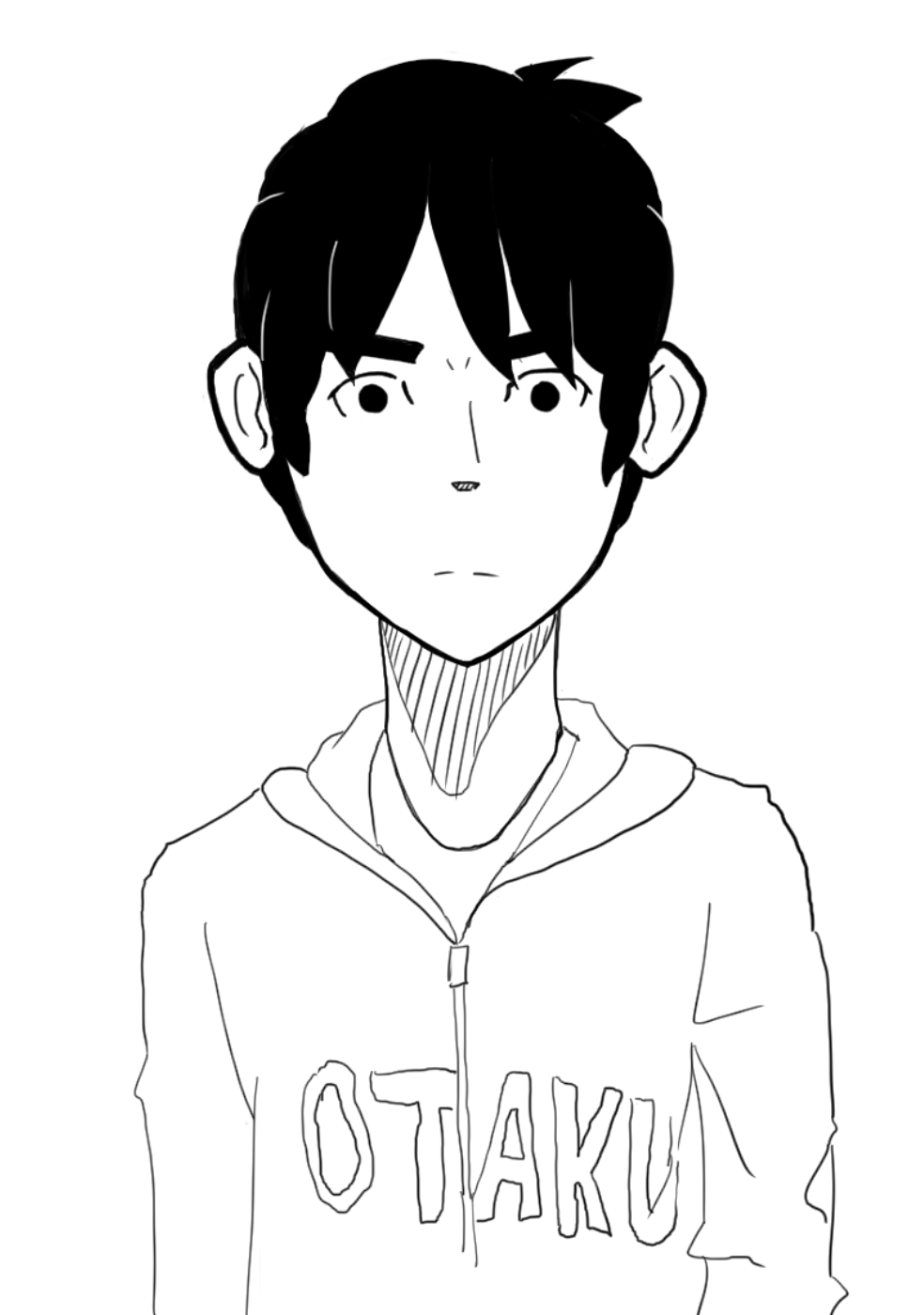
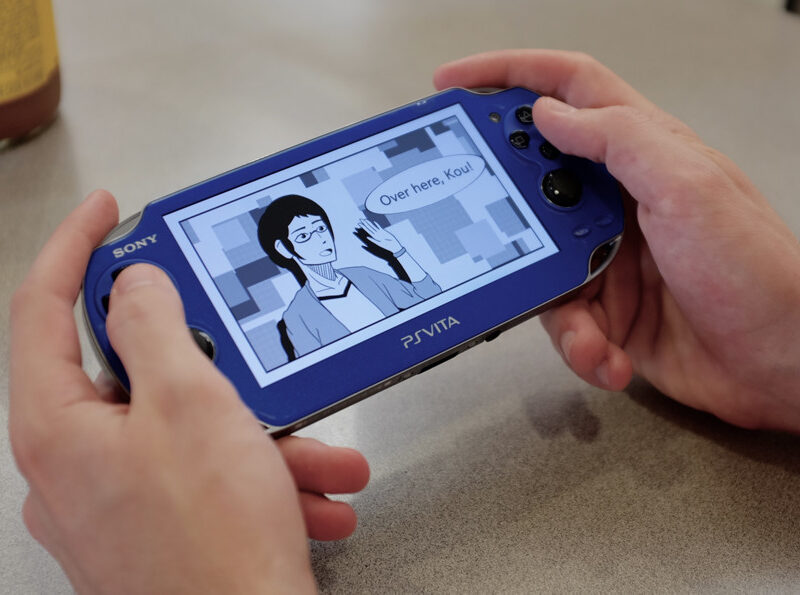
The Product
The final product was a functioning, interactive digital manga that works on Mac, Windows, and PS Vita.
The game includes a short text introduction about the characters, setting and goal, an interactive visual phase describing the various game options, and the game itself. Along with ninety-eight branching dialogue options, there are total of 387 interactive panels.
Although one of the reasons for creating a digital manga was to avoid the time-consuming production process of an animated film, I also wished to promote the traditional manga format of hand-drawn panels. Current story-based games like Visual Novels are static due to the limited number of story-changing options provided to the reader, and use a set number of illustrations to display characters. In Otaku, I wanted each new panel in the story to be a new drawing, resulting in a more dynamic interactive story. Therefore, every panel is hand-drawn so the game is more authentic and visually focused. This also gives readers the experience of constructing their own story, rather than passively reading a novel.
